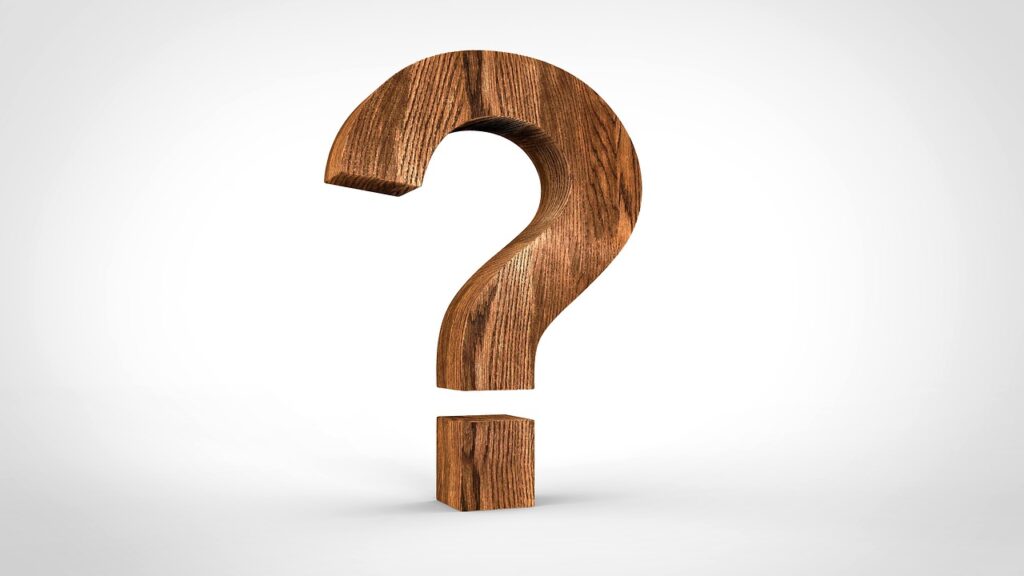
Ever since the dawn of time, humans could learn better through play. As a primary school teacher, most of the learning materials you work with are centered around some sort of fairytale scenario. We all remember those math problems, where the subject would buy ridiculous amounts of fruit, give them out to friends, resell them, and so on. What is one man going to do with 12 watermelons and 34 pineapples?
These silly scenarios make understanding the issue at hand easier and, ultimately, learning. Quizzes are an integral part of the learning process. You want to make sure the knowledge has stuck. While some subjects are about solving a problem, others simply require students to remember the material they were taught.
Introducing the game show format can make your quizzes more fun and engaging. Getting rewarded for correct answers in the form of points or prizes can become a great incentive for students to practice their knowledge inside and outside of the classroom. Jeopardy is a popular format that can be used in educational environments. Here is how you can implement this type of quiz in your classroom!
Step 1: Questions

The first and most important step is to prepare your questions. You can find several quizzes online by conducting a simple Google search. For example, if you’re teaching 5th-grade biology, you can find whole quizzes that will suit your needs. Alternatively, you can also search for questions on specific topics.
If you want to stick to the Jeopardy format from A to Z, keep in mind that the question format will differ from what you’re used to. The questions need to be presented in the form of clues. Similarly, you can encourage students to answer in the form of a question, to make the game show format more prominent.
A sure way to get the most suitable questions for your Jeopardy-style quiz is to write them yourself. Assuming you already have some questions and quizzes to work with from previous years, you can simply rewrite the questions to make them appropriate for the format.
Trivia Bliss is a great start if you’re at a loss of where to begin when it comes to sourcing questions! We’ve got an epic list of 20 question sources, we’ve also got lists like 75 weird trivia questions, 101 super funny trivia questions, 105 sample Jeopardy! questions, 221 easy trivia questions for middle schoolers, 35 easy first grade trivia questions, 35 easy trivia questions for high schoolers, and so many more!
Step 2: Presentation

This is the step that’s going to turn your regular quiz into an episode of Jeopardy! Instead of simply asking questions out loud, you can present them on a big screen in your classroom, so the students can look at the question during the quiz. If you’re taking it this far, why not just paste your clues into a Jeopardy quiz template! You can find Google Slides and PowerPoint Presentations that allow you to create your own Jeopardy quiz from scratch online, or even use a website like Kahoot. Some of the best presentations are interactive. Clicking on a clue to reveal it will automatically take you to the page in the presentation with that clue, and clicking another button will take you to the page with the answer.
Websites like SuperTeacherTools.us or TeachersPayTeachers.com offer handy templates for quizzes for free. An even better tool for creating Jeopardy presentations is JeopardyLabs.com. The creators of the game show developed it, and it enables anyone to participate in a game of Jeopardy with their own clues. The best part about using the platform is that it will count up your score. Once the game has started, you must click on the selected clue to display it (just like on Jeopardy) and click another button to reveal the correct answer.
Learn more about making your own Jeopardy game here. If you create your own template, you can share it with other teachers online or even sell it!
Step 3: Gameplay

Traditional pop quizzes in classroom settings are uneventful. Students receive their quizzes in written form, take their time to answer the questions, and submit their papers when they’re done. If you want to keep things traditional and get the most out of the Jeopardy format, you can call on different students to uncover clues at random and ask all students to submit their answers on paper.
Another way to do it is to call on students at random and ask them to answer the question they selected in front of the whole class. This way, you won’t get the best idea of everyone’s knowledge, but the class will be fun for the students. You can use it to boost morale and encourage learning.
Alternatively, you can recreate the Jeopardy format in its entirety and invite three students to compete in front of the class. You can engage a different trio every round if you want the whole class to participate. Another way to use this quiz format is to turn it into a short warm-up exercise at the beginning of class and pick three different students to play a quick game of Jeopardy each time.
Step 4: Hardware

Now that your presentation is ready with the questions, you’re almost good to go. It is time to consider all the hardware you will need. Start with a big screen or projector that will enable you to show the presentation to the class. If you don’t have one of those, maybe you can borrow one from another teacher or classroom. It is essential to have a big enough screen to allow all the students in the class, even in the very back, to see the clues.
One accessory that will make your classroom Jeopardy experience extra special for the kids is buzzers. Game show buzzers will turn your quiz into a proper game show experience, which may be just the thing you need to boost engagement and make your quizzes more fun. You can find a wide variety of buzzers online. Some, like these Learning Resources Buzzers, are simple and inexpensive. The downside is that you must listen attentively to know who buzzed in first.
These five buzzers show you who buzzed in first, but some are significantly pricier.
Step 5: Prizes

Who doesn’t love to be rewarded for their hard work? This step is optional. If you choose to implement a Jeopardy-style warm-up at the beginning of every class, you don’t need to get an extravagant prize for the winner every time. A small chocolate or candy bar, a nifty bookmark, or a nice pen will do. If you’re only going to use Jeopardy quizzes for special occasions a couple of times a year, you can spring for a small prize for everyone. Pro tip: A prize that costs nothing and your students will appreciate the most is an extension of an essay!
Final Words
Follow the five simple steps above to create a Jeopardy-style quiz for your class. Finding a quiz that’s already populated with questions online is not very difficult if you know what topic to look for. Using your own questions in a pre-made template is easy too, so the choice is yours!

Have you ever played Jeopardy in the classroom? What tools did you use to put the quiz together? Did you offer your students prizes for answering the questions right? Share your experience with us in the comments!

Leave a Reply